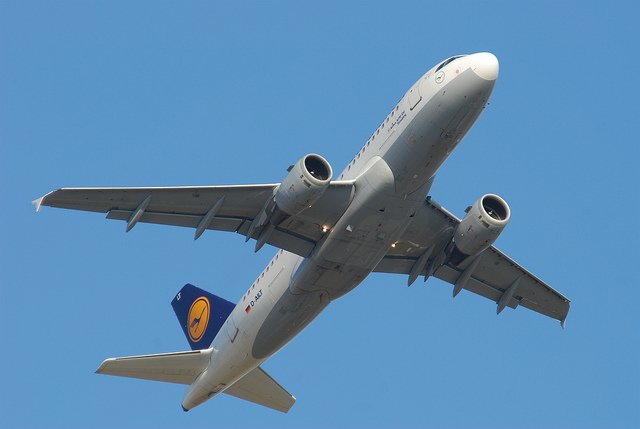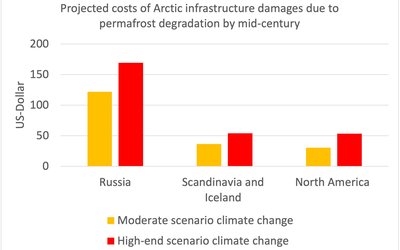Transport, infrastructure and building
More often, flights will be bumpy due to turbulence increase under climate change
January 31, 2018

More turbulence on future flights due to climate change (photo: Aero Icarus, www.flickr.com)
Clear-air turbulence is high-altitude aircraft bumpiness in regions devoid of significant cloudiness and away from thunderstorm activity. It is invisible and cannot be foreseen by pilots or on-board radar. The aviation sector relies on operational turbulence forecasts produced by numerical models. Without warning, an aircraft can be violently thrown about by this turbulence, and unsecured objects and unbuckled passengers and crew can be tossed around the cabin, causing serious injuries and even fatalities. Clear-air turbulence has been found to account for 24% of weather-related accidents and turbulence more generally for 65% of weather-related accidents.
According to studies based on the latest climate models, climate change will increase clear-air turbulence. The largest increases are projected for the mid-latitudes in both hemispheres. Under a high-end scenario of climate change, focused on the future period 2050-2080, some regions may experience several hundred percent more turbulence. The busiest international airspace experiences the largest increases, with the volume of severe clear-air turbulence approximately doubling over North America, the North Pacific, and Europe under this high-end scenario. Over the North Atlantic, severe clear-air turbulence in 2050-2080 may become as common as moderate turbulence in the past. These results highlight the increasing need to improve operational forecasts of this turbulence and to use them effectively in flight planning, to limit discomfort and injuries among passengers and crew.
These findings may have implications for aviation operations in the coming decades, the authors of this study conclude. Many of the planes that will be flying in the second half of this century are currently in the design phase. Airframe manufacturers should prepare for a more turbulent atmosphere, even at this early stage, and operational clear-air turbulence forecasts should be improved.
Source: Storer et al., 2017. Geophysical Research Letters 44: 9976 - 9984








